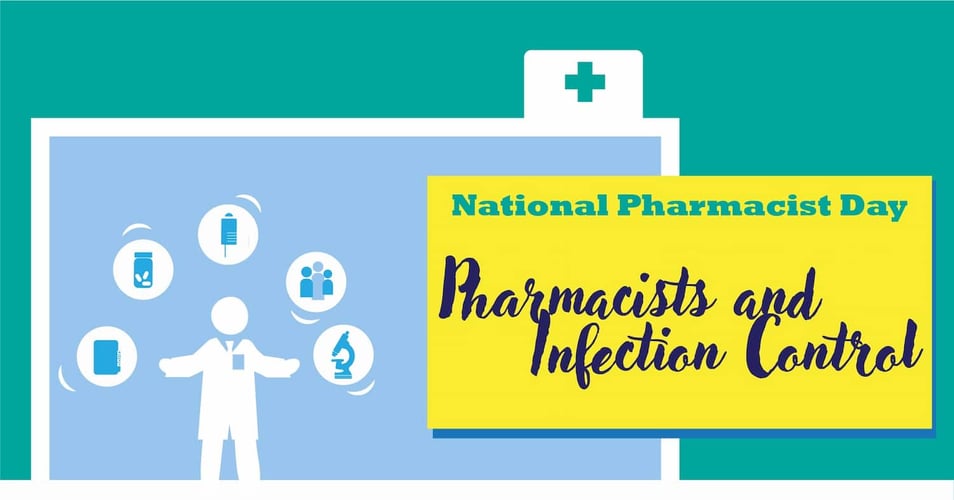
Watching and waiting, always lurking around the next corner, these three pathogens are both found everywhere and highly resistant, a 1-2 punch for vulnerable patients. They reside in the environment as well as on our bodies, some of them in mucous membranes. These membranes are perfect homes for bacteria: Moist, warm, and often dark. So while they survive for long periods of time without resources, with access to an environment with little competition they will quickly reproduce and become dangerous, especially if they find a way into our bodies. Keep an eye over your shoulder for these ninja pathogens.
Pseudomonas species | 10% of HAIs
A very common bacteria species (P. aeruginosa is the most common infection found in patients with more than 1 week hospital stay), Pseudomonas is a versatile and highly-adaptive organism that can survive for long periods on most materials - even adapting to micro-gravity on the International Space Station. It reproduces quickly and efficiently in moist environments, making it a leading cause of infections from catheters and ventilators. It is mostly found in soil and water, but enters hospitals on people's shoes and clothes. This organism is particularly dangerous to individuals with cystic fibrosis.
Enterobacter species | 4% of HAIs
While Enterobacter bacteria is sensitive to (that is, gets killed by) most antibiotics, they develop resistance during the process of treatment very effectively. This means that while the first dose is killing off most of the bacteria, some Enterobacter start using resistance mechanisms to protect themselves and continue reproducing. (Science fiction fans, you'll be thinking of the Borg right about now.) This means that a different antibiotic must be started quickly before the infection becomes worse - if the species is identified through blood tests early enough. Unfortunately, Enterobacter is resistant to the last-defense line of antibiotics, carbapenems, resulting in up to a 50% mortality rate.
Candida fungus | 11%
A yeast genus, Candida is the world leader in fungal infections. It is present on the skin and/or mucous membranes of approximately 80% of the human population. Candida occasionally will experience an "overgrowth" and result in a "yeast infection" that can be treated with over-the-counter medications. Any of these common yeast infections can be very dangerous to someone whose immune system is compromised, especially if it finds a way into the bloodstream. In these cases, the entire body system can be affected by inflammation and disease. Candida tends to go into super-growth-mode when neighboring competitors, bacteria, begin to die off due to antibiotic treatments. Therefore, a yeast infection is one of the side-effects of antibiotic treatment, a side effect that could be very dangerous to someone who is already immunocompromised. The most common species is C. albicans (from the Latin word for "white," due to its white appearance).
Our final post in this series will do a final wrap-up of the most prevalent pathogens resulting in hospital-acquired infections. We'll cover the remaining bacteria species as well as the few, but dangerous, viruses that make the list of every hospital's Most Wanted Pathogens list. Stay tuned!
Editor's Note: This post was originally published in January 2015 and has been updated for freshness, accuracy and comprehensiveness.
![EOScu Logo - Dark - Outlined [07182023]-01](https://blog.eoscu.com/hubfs/Eoscu_June2024/Images/EOScu%20Logo%20-%20Dark%20-%20Outlined%20%5B07182023%5D-01.svg)

![[infographic] Pathogens, Prevalence and Persistence Download and share!](https://no-cache.hubspot.com/cta/default/216314/interactive-178382222670.png)



